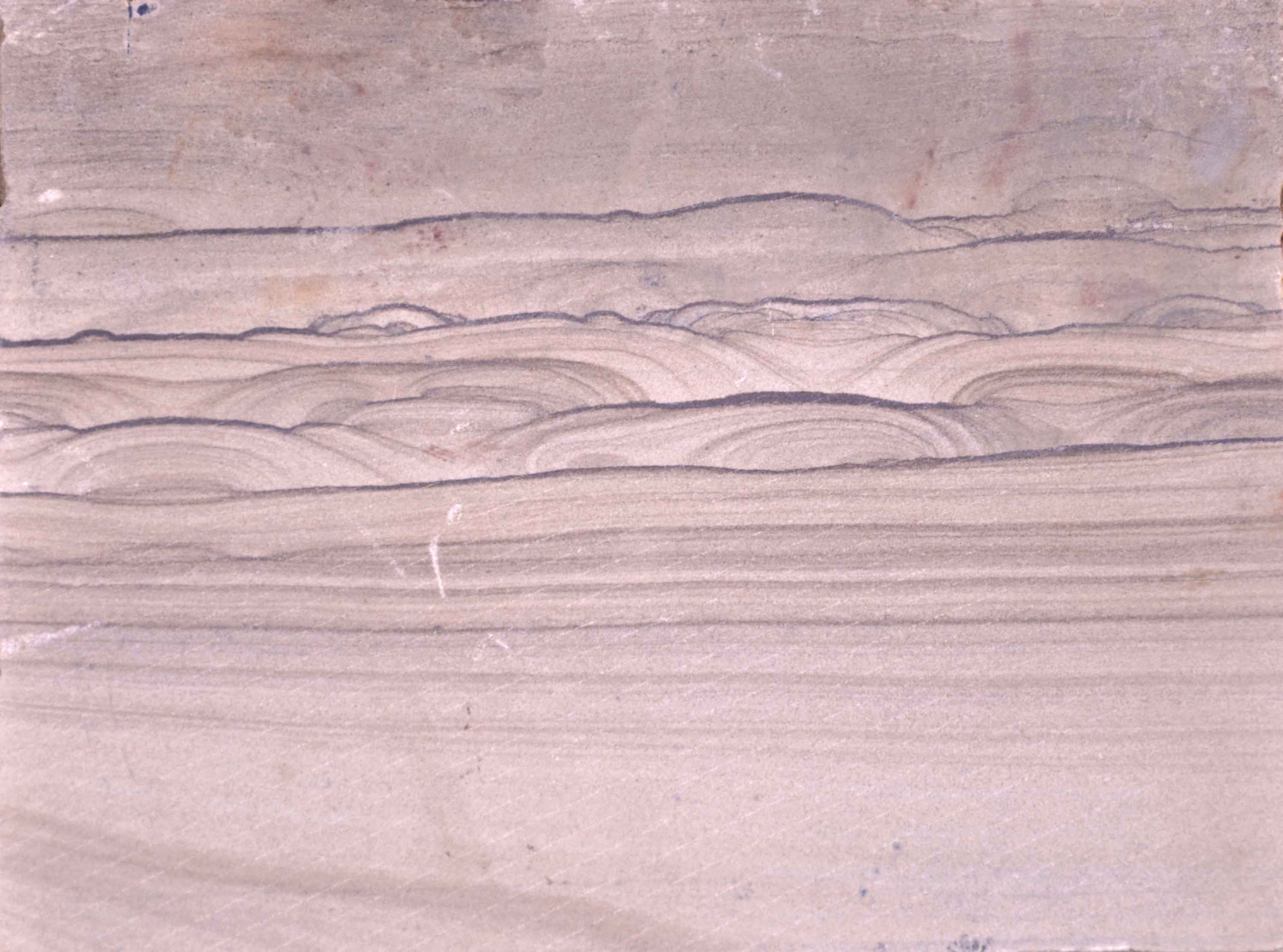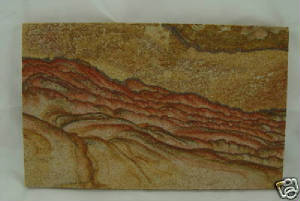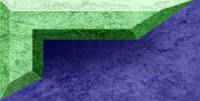|

|
HASKELL COUNTY PICTURE ROCK
Picture rock is not a fossil, per se, although the
sandstone which forms it can be fossiliferous. This particular picture rock was found in Haskell County, and exhibits
a range of beige, tan, and brown colors. It was sawn into a flat faced slab, and may be used as a building or paving
stone.
|
|

|
KANAB WONDERSTONE, Kanab, Utah
This stone is not altered in any way, simply sawn into slabs. Swirls
and color variations are from Iron Oxides: tans and browns from Limonite, and reds from Hematite. Scroll down the page
for more information about this type of sandstone.
|
|
PICTURE ROCK
This specimen above center
is a piece of KANAB WONDERSTONE, also called Picture Sandstone or Picture Rock. It has layers and swirls of reds, pinks, beige and browns, which create a beautiful landscape scene. The reds and pinks are from Hematite, and the browns and tans are from Limonite and
Iron Oxide. The Sandstone is unaltered and completely natural
- it has been sliced and smoothed only. From near Kanab, Utah, USA.
**Note: There are natural inclusions, streaks, and splotches of color which is characteristic to Sandstone.* *
|
SANDSTONE
Chemical Composition: Mainly Quartz, along
with Feldspar, Garnet, Magnetite, Tourmaline, Hornblende, Mica, Zircon, etc. Cementing
agents usually silica, carbonates, clay, and/or iron oxides.
Hardness: Variable depending on cementing materials.
Crystal Habit: Massive. Granular.
Color: Varies widely. Light
colors often from Calcite or Quartz. Greens from Glauconite - Greensands. Iron Oxides cause reds and browns:
tans & browns from Limonite, roses and reds from Hematite.
Misc: Ripples and swirls common.
May be fossiliferous. Used extensively in blocks as building material,
as well as decorative carved portions of buildings. Glauconitic sandstone, (greensands),
used as a source of potash for fertilizer.
|

